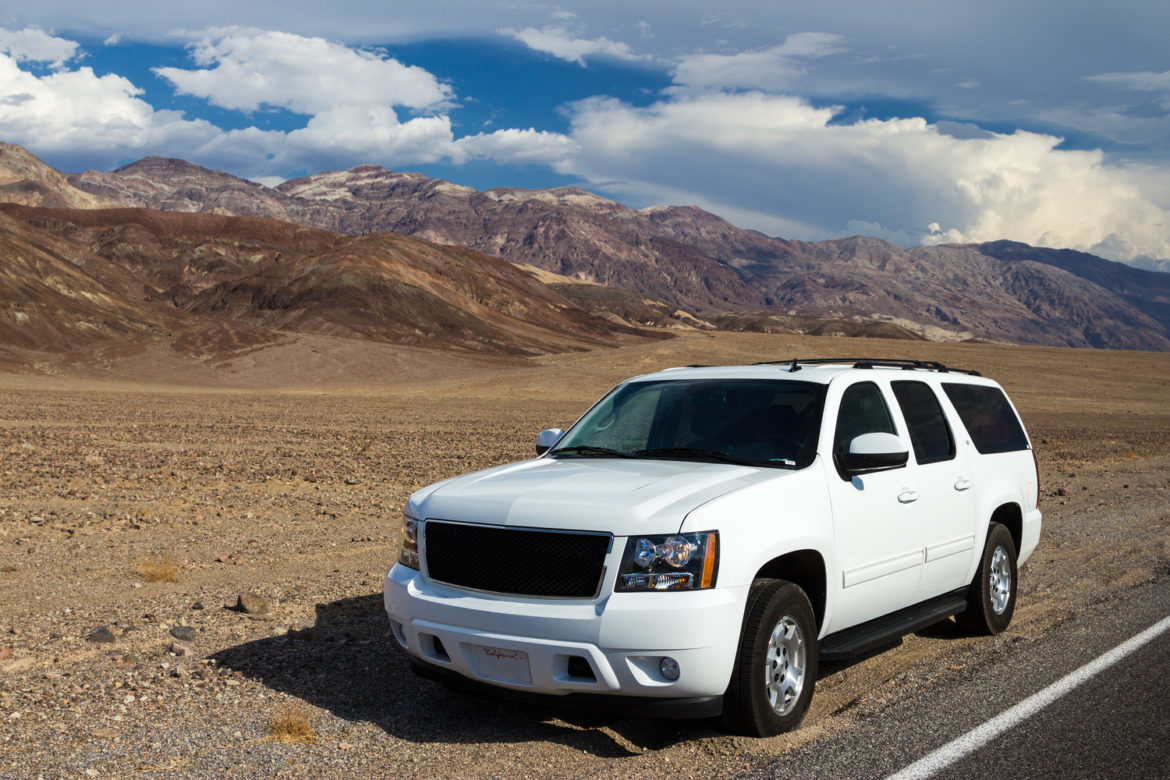SUVs were steadily gaining popularity. But in the late noughties, they became a big target. Environmentalists around the world had always opposed these symbols of excess. Then gas prices went north, and the auto industry crashed along with home prices. Our general feeling of financial security tanked with it. It became evident to many that they didn’t really need the heavy-duty towing capabilities or the extreme off-road prowess that SUVs offered. SUVs weren’t fashionable anymore.
These vehicles that fell out of the trend were traditional SUVs. They are built on a body on frame architecture. The main body of the vehicle is built separately and mounted onto a steel chassis or underbody. These vehicles have a spacious cabin, and they handle and guzzle fuel like a truck. If you had an SUV, people would assume that you drive to exotic destinations a normal car couldn’t reach. The impression would be even better if you were towing a boat. But SUVs weren’t designed to be very comfortable and have always been cumbersome to drive.
But that doesn’t mean that people’s demand for large vehicles went away. That’s when crossovers started getting more and more popular. Some crossovers look like raised station wagons, while others are better described as compact SUVs. They look like SUVs but are based on car platforms. Crossovers don’t use the body on frame architecture. They have a unibody construction where the car’s body is stamped out and is the structural support as well. They offer the benefits of SUVs without their drawbacks. Crossovers are relatively fuel-efficient. They look more modern as compared to minivans. Unlike SUVs that can cross mountains, crossovers are soft-roaders and meant mainly for on-road use. They are a good option for families that prefer something a little more adventurous than a sedan. Crossovers are also customizable and are available at all price points, from budget to luxury. Some even have SUV-esque features like three rows of seats and moderate towing capacities.
Crossovers have given the auto sector a much needed shot in the arm. As the rest of the industry was declining, the crossover segment was experiencing steady growth and is now outpacing the SUV category.

